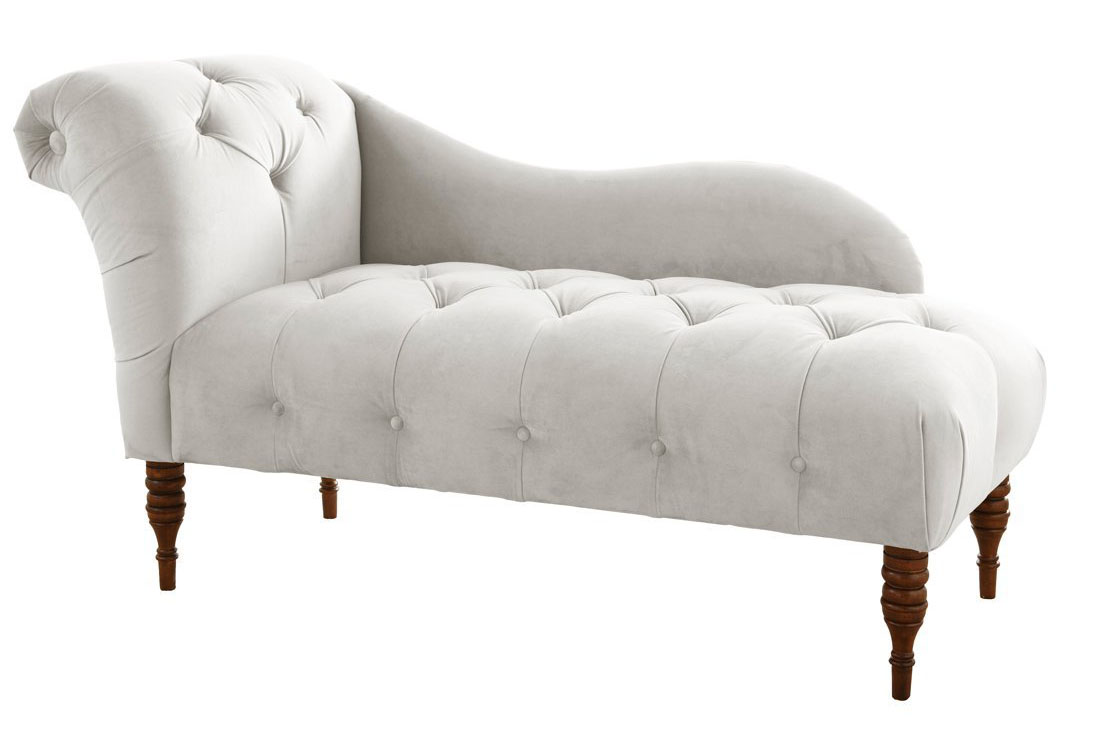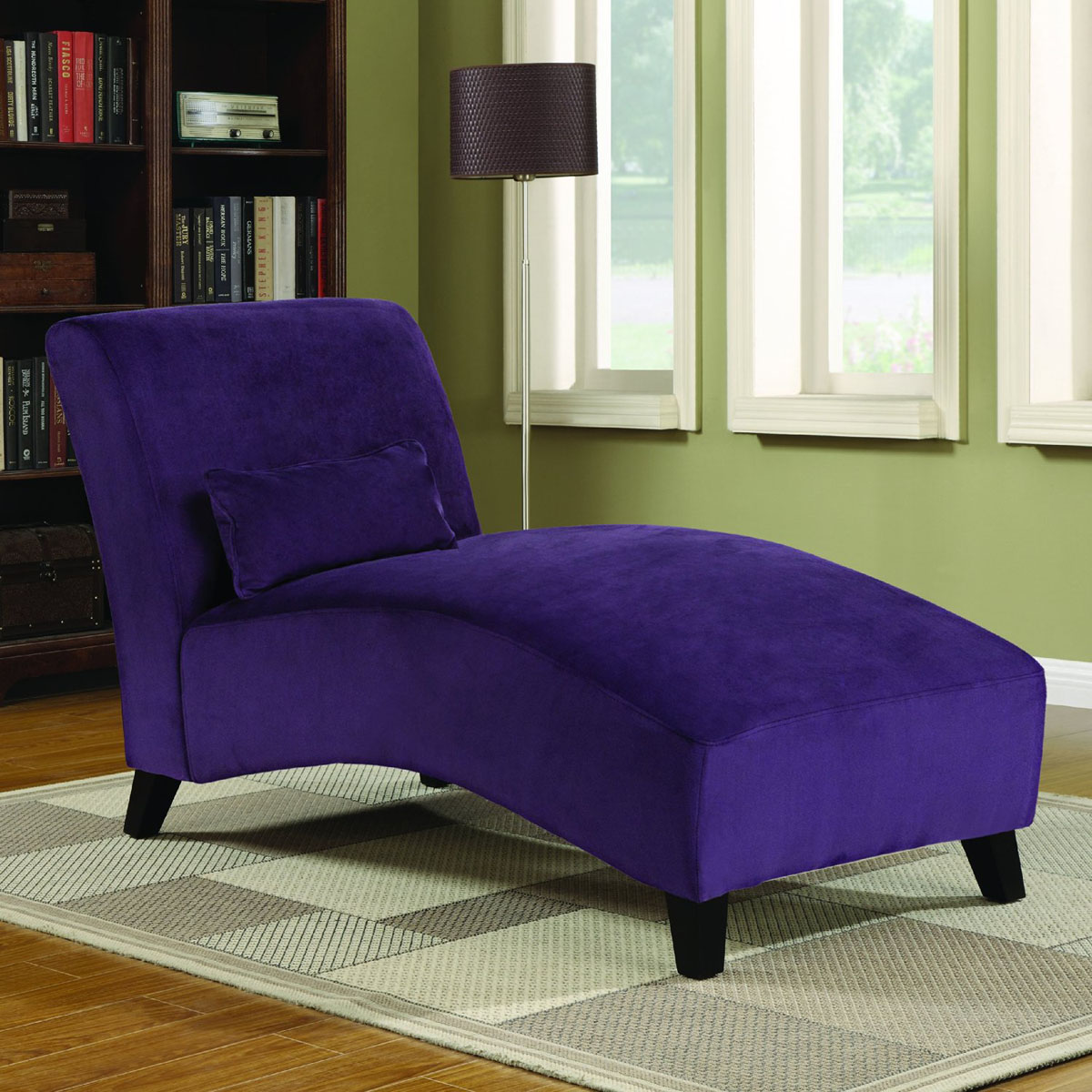
Breakfast nooks with seating bench add character to the kitchen/dining room combo.
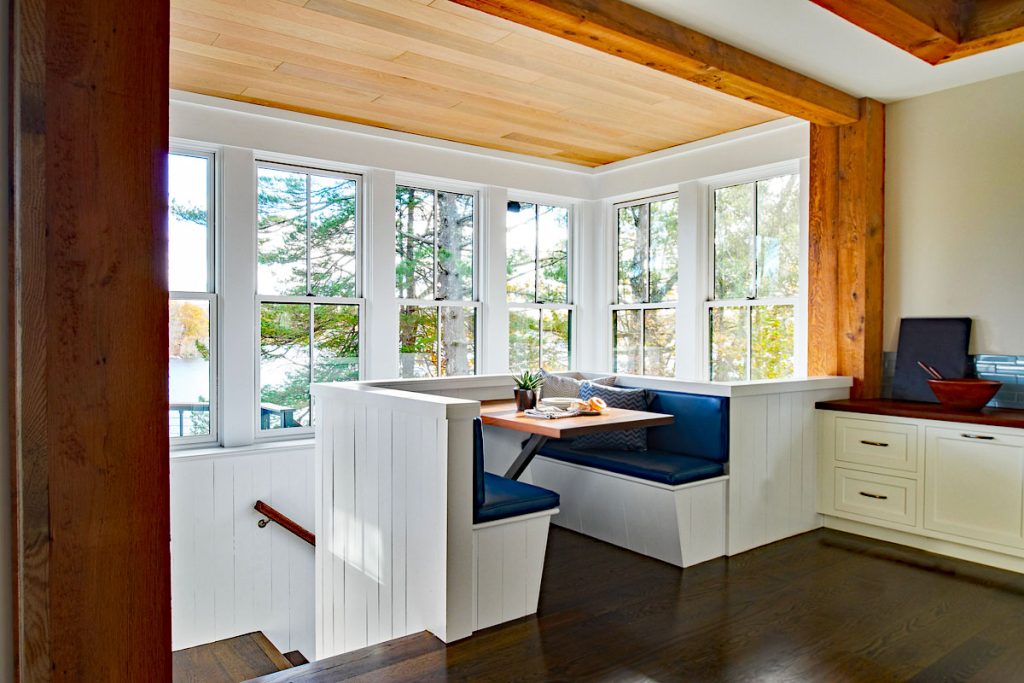
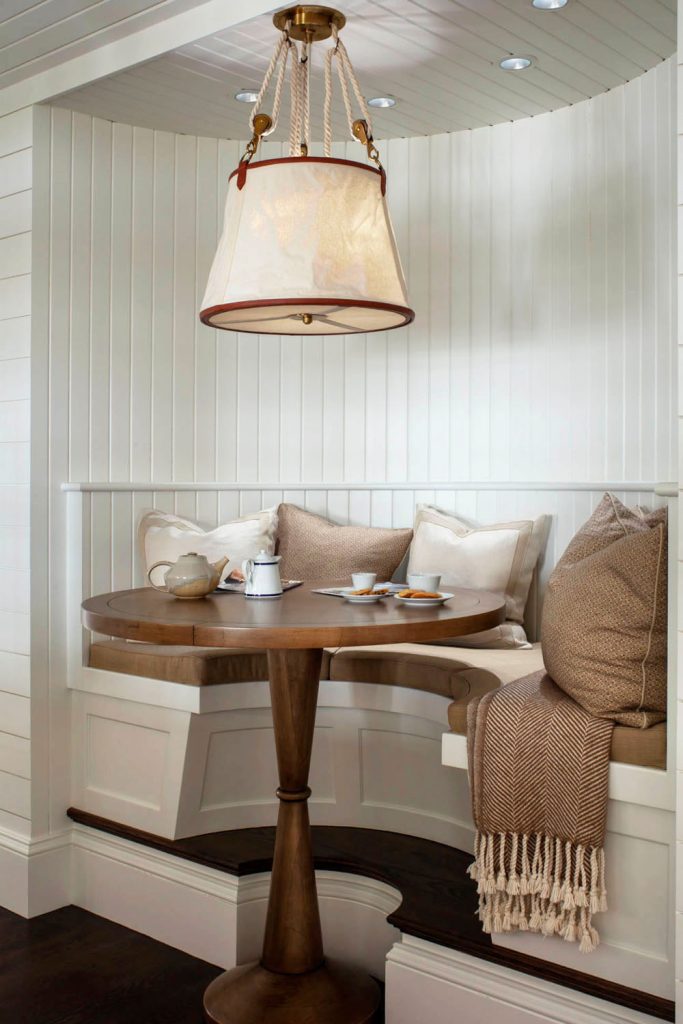


Via: Houzz
 What is the best juicer to buy?
What is the best juicer to buy?Many issues must be considered when shopping for the best juice extractor.
We want to guide you through the countless number of choices, and help you find the best juicer on the market so you can decide what is the right one for you.
Our busy lifestyle today must be balanced by a healthy daily intake of fruits and vegetables. The following benefits of juicing offer compelling reasons to buy your own juicer:
As more and more people discover the health benefits of juicing, the demand for juice extractors has led to some impressive juicer design.
Here is a list of juicer types to help you find the best juicer for your needs.
There are three main types of juicers:
Centrifugal Juicers are the most popular and generally the most affordable type of juicers. Typically, it has a tube feeding the fruits and vegetables into the spinning basket which quickly extracts juice using high speed centrifugal force. Centrifugal type juicers are great at juicing most fruits and vegetables except leafy greens and wheatgrass. The high speed required to extract the juice, however, creates a great deal of oxygen bubbles which causes the juice to oxidize quickly, so the juice must be consumed immediately before nutrients are lost due to oxidation.
Masticating Juicers are also called Single Gear Juicers. Juice from fruits and vegetables are slowly extracted using a single rotating grinder resulting in more fiber, vitamins and minerals. The slower speed also results in less oxygen bubbles and the juice is less foamy. You can store juice using this juicing method for a little longer. Masticating juicers are capable of juicing any fruit and vegetable including leafy greens and wheatgrass.
Triturating Juicers are Twin Gear Juicers which use two interlocking grinders to press fruits and vegetables to extract high volume of juice. The speed is even slower than masticating juicers. They work great with any fruit and vegetable and can also be used to make sorbet and baby food. The triturating juicers are the most efficient type of juicers in terms of extracting the most nutrients, but they are also some of the most expensive juicers on the market.
There is a fourth type of juicer which is less conventional.
Hydraulic Press Juicers use high downward pressure to squeeze out the juice. The slow mechanic process results in high nutritional value and long shelf life for the juice. However, it is less common and can be quite expensive.
Citrus Juicers are designed for all types of citrus fruits such as oranges, grapefruits, lemons and limes.
Commercial Juicers are heavy duty juice extractors designed for use in any commercial environment such as Juice Bars, Cafés, Restaurants, Hotels, Cafeteria and Health Clubs. These heavy duty juicers have powerful motors that can produce high volume of juice in seconds. They are high quality and very durable.
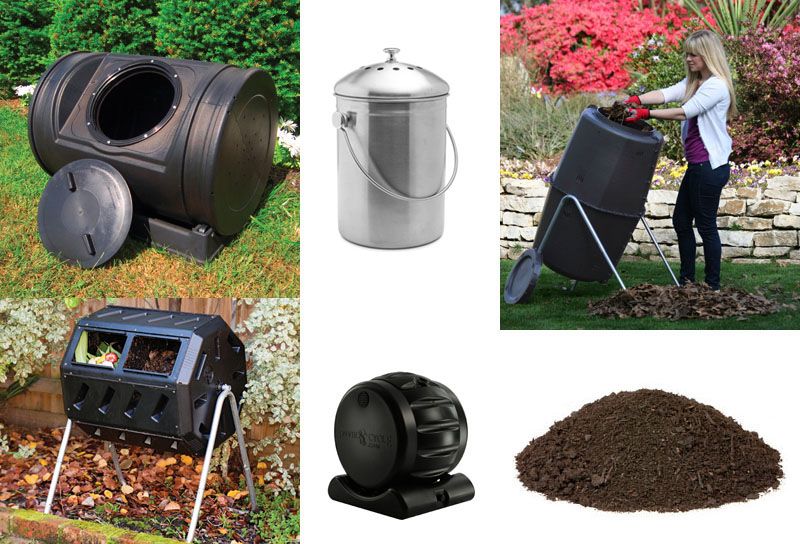 Home Composting Made Easy
Home Composting Made EasyWhy compost? How to make compost at home?
Making your own compost protects the environment, because kitchen waste and food-scraps in a landfill decompose without oxygen, producing methane which is a greenhouse gas that is harmful to the environment.
Organic Compost can be used as natural fertilizer for your lawn and plants. It is a great natural alternative to chemical fertilizers, and it saves you money.
Making your own compost also reduces waste (such as grass clippings and leaves) that you have to put at the curb for garbage collection. Collect your food scraps with kitchen compost bins and save them for the compost pile.
Composting is a biological process which happens naturally with the help of bacteria, insects and microorganisms. Your yard waste and food waste break down and become nutrient-rich, earthy smelling soil.
You can make your own compost bins, or buy ready-made compost bins or compost tumblers.
Home composting is really easy. You don’t have to be an expert to do it.
This page will give you a few tips on how to make compost at home.
Nitrogen, Carbon, Moisture and Oxygen
Four elements are needed to create ideal conditions for making quality organic compost.
NITROGEN
Nitrogen helps build cell structure. It comes from GREEN materials such as grass clipping, flowers and plant trimmings.
CARBON
Carbon provides energy source in the compost. It comes from BROWN materials such as dry leaves, wood chips, straw and sawdust.
MOISTURE
Water is a critical element because microorganisms need moisture to live. Add a little water to your compost pile if it gets too dry. You should keep it damp, but not soggy.
OXYGEN
Oxygen supports microorganisms and insects in the compost pile.
Anything that you are not sure about, leave it out of the compost
3:1 Brown:Green
Use 3 part Brown materials to 1 part Green materials
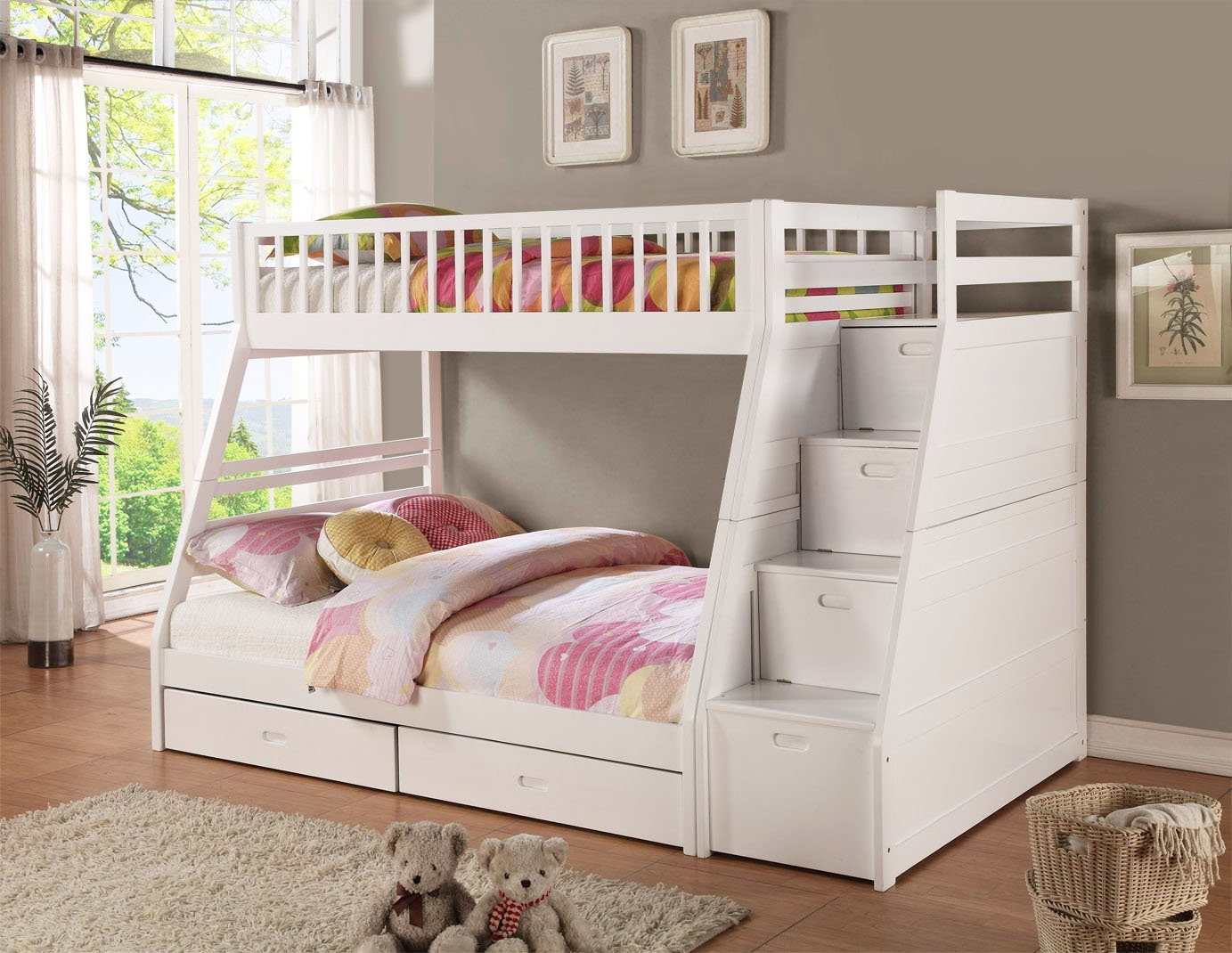 Utilizing every piece of furniture is a great way to keep children’s bedrooms tidy. Bunk beds with stairs and storage also make them safe for young children to reach the top bunk.
Utilizing every piece of furniture is a great way to keep children’s bedrooms tidy. Bunk beds with stairs and storage also make them safe for young children to reach the top bunk.
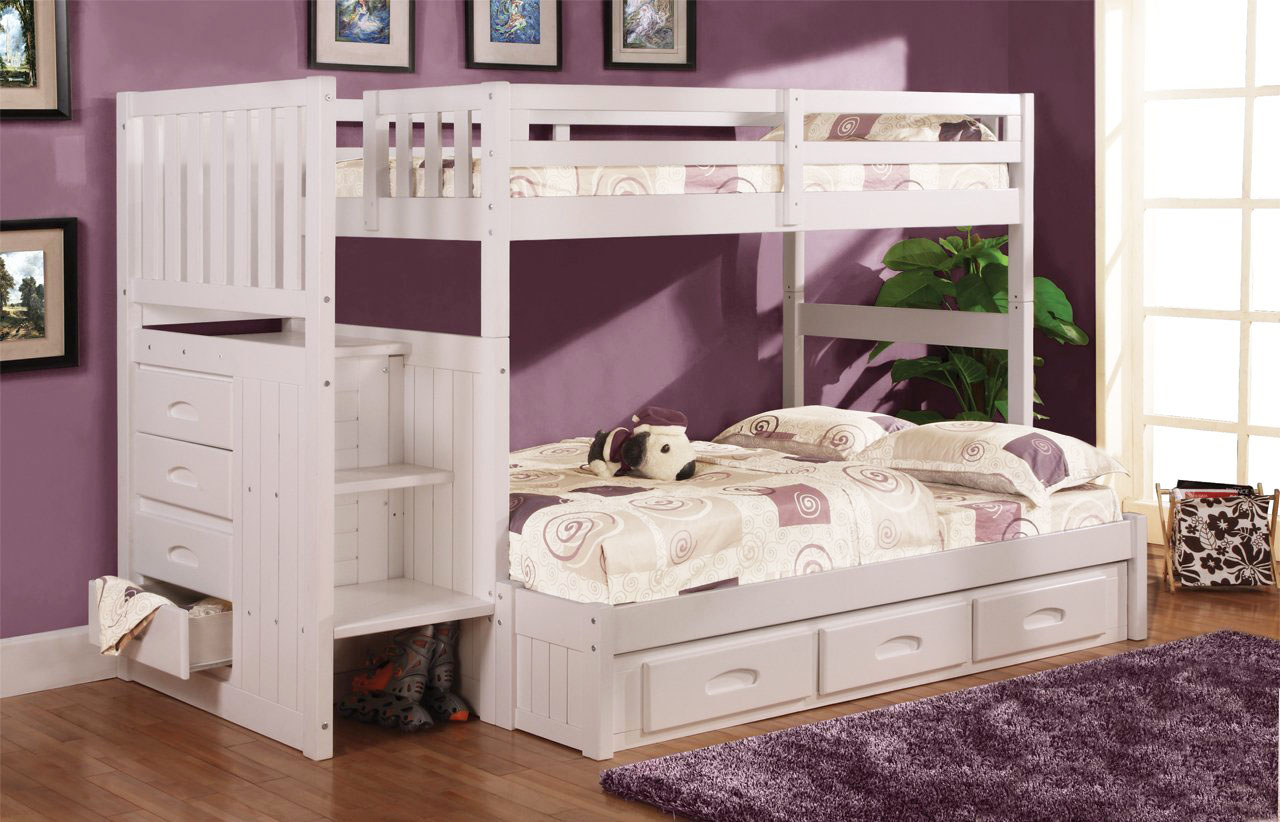
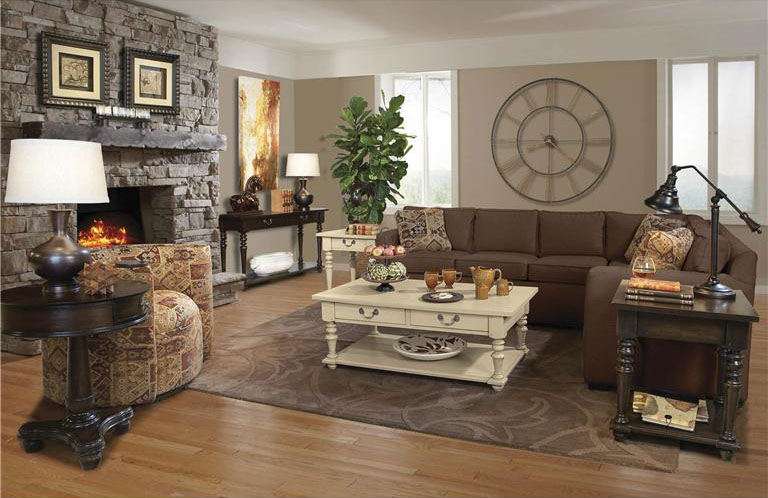 You can add a touch of sculptural art to large empty walls with oversized giant wall clocks. Make a statement on the wall, or make it easy for you to tell the time! Choose from a collection ranging from modern to antique styles.
You can add a touch of sculptural art to large empty walls with oversized giant wall clocks. Make a statement on the wall, or make it easy for you to tell the time! Choose from a collection ranging from modern to antique styles.
Click here for more selections of large wall clocks.

Discover unique gift ideas for men, women and for the home. Check out some unexpected accessories such as unique bookends, unique wine racks and legos for adults.
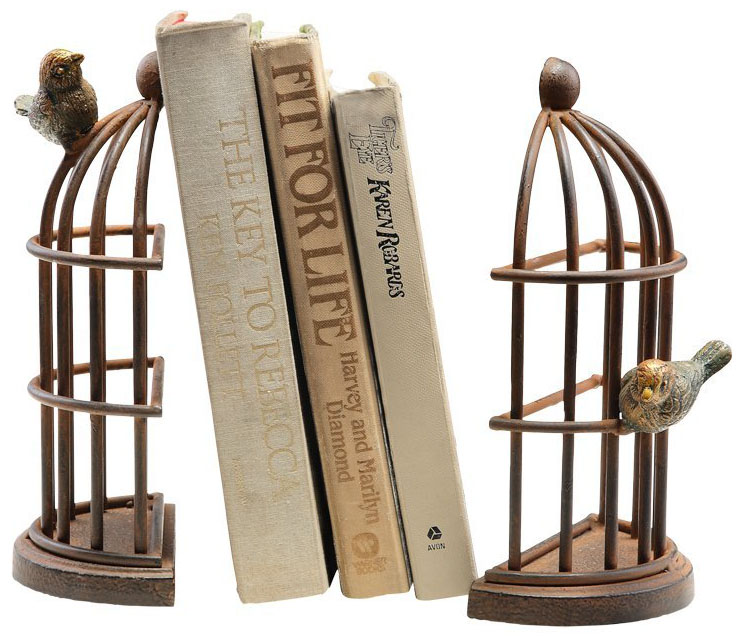
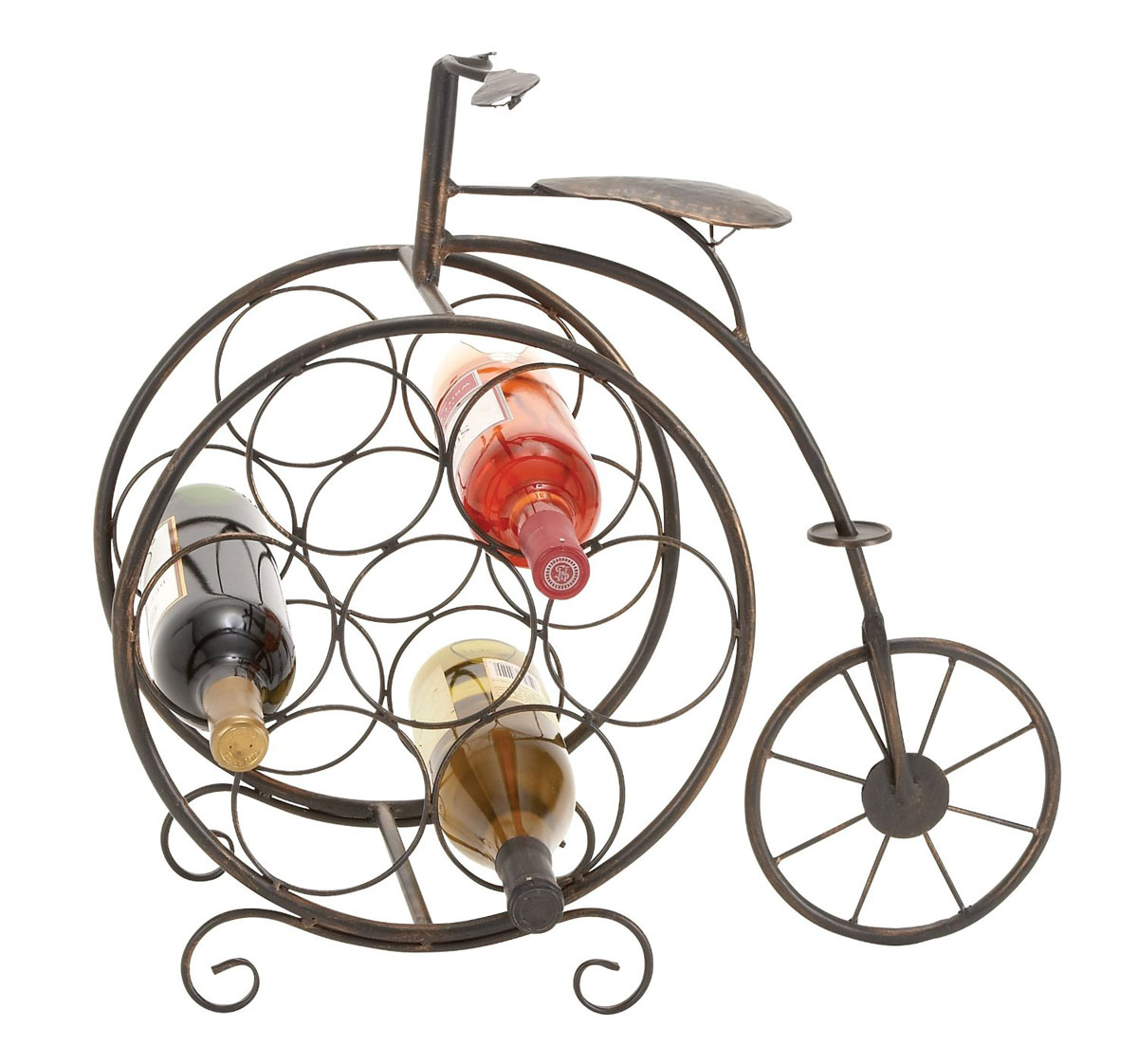

 Purple Orchid is a vibrant color that can highlight and reenergize a room. You can liven a room with purple chairs, lamp, purple pattern pillow and rug.
Purple Orchid is a vibrant color that can highlight and reenergize a room. You can liven a room with purple chairs, lamp, purple pattern pillow and rug.

Images: 1, 2
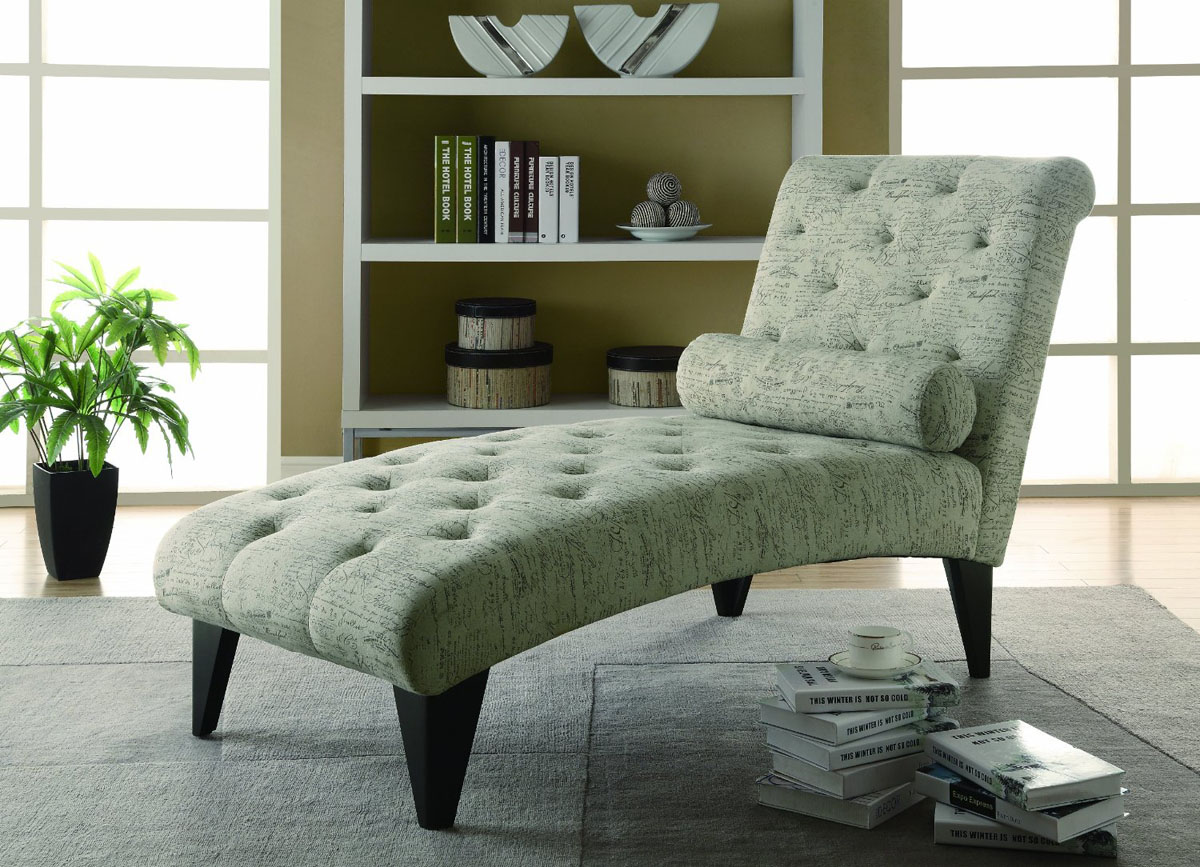 Modern Chaise Lounge Sofas are elegant and comfortable furniture inspired by Victorian era fainting couches. These attractive decorative chaise loungers are also available with storage which also make them extremely functional. Click here to find more selections.
Modern Chaise Lounge Sofas are elegant and comfortable furniture inspired by Victorian era fainting couches. These attractive decorative chaise loungers are also available with storage which also make them extremely functional. Click here to find more selections.
